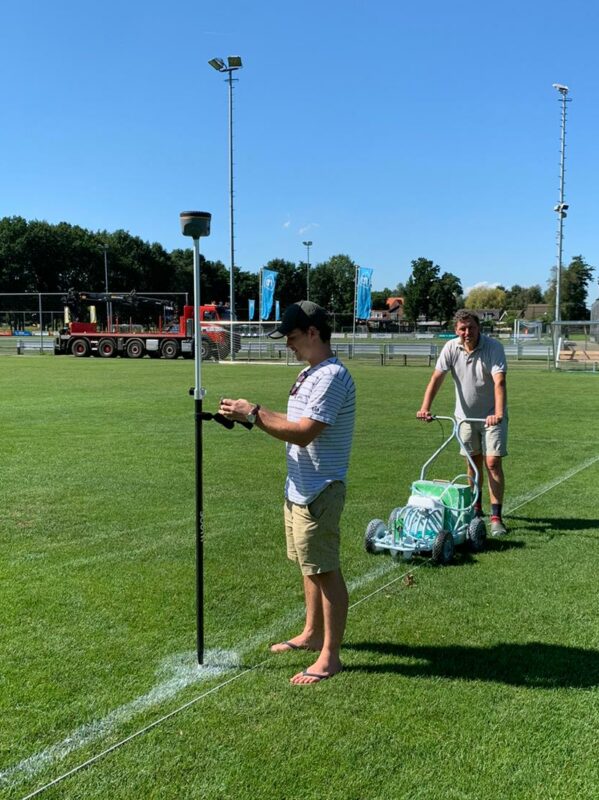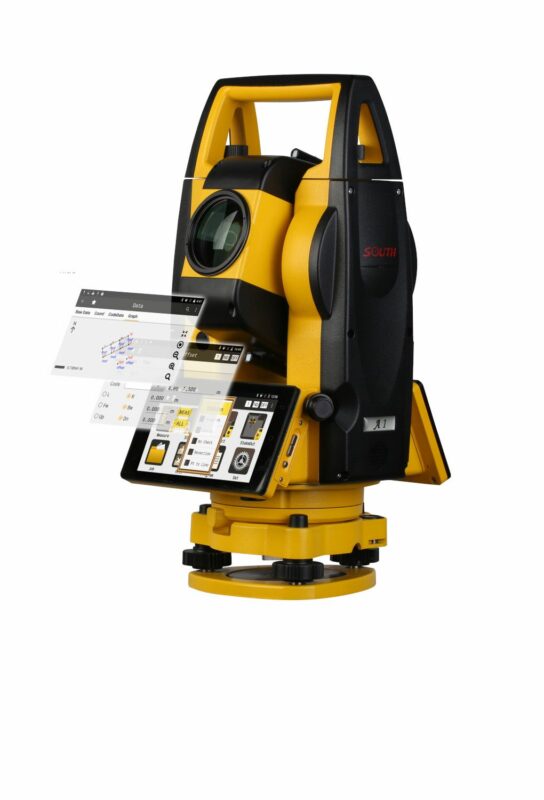GNSS
Coordinate Datum Transformation: Understanding the Importance of Accurate Spatial Data
Spatial data is used in a variety of industries, including surveying, mapping, and GIS. However, in order for this data to be accurate and useful, it must be transformed to a specific coordinate datum. In this article, we will discuss the importance of coordinate datum transformation and how it ensures the accuracy of spatial data.
What is a Coordinate Datum?
A coordinate datum is a set of reference points and a mathematical model used to define the location of points on the Earth’s surface. These reference points are typically a group of points with known coordinates, such as a group of survey markers or GPS control points. The mathematical model used to define the location of points is known as a geodetic datum.
There are many different coordinate datums in use around the world, each with their own set of reference points and mathematical model. The most commonly used coordinate datum in North America is the North American Datum of 1983 (NAD83), while the World Geodetic System of 1984 (WGS84) is used globally.
An example of coordinate datums would be comparing the North American Datum of 1983 (NAD83) to the World Geodetic System of 1984 (WGS84). NAD83 is the standard datum used in North America for surveying and mapping, while WGS84 is the standard datum used globally for GPS and satellite-based positioning.
For example, if a surveyor takes measurements at a specific location using NAD83, the coordinates they obtain may not match up exactly with the coordinates of the same location in WGS84. This is because NAD83 and WGS84 use different reference points and mathematical models to define the location of points on the Earth’s surface.
To ensure accuracy and consistency, the surveyor would need to transform the coordinates from NAD83 to WGS84 using a coordinate datum transformation method. This would allow them to compare their data to other datasets or GPS coordinates that use the WGS84 datum.
Why is Coordinate Datum Transformation Important?
Coordinate datum transformation is important because different coordinate datums have slightly different reference points and mathematical models. This means that coordinates in one datum will not match up exactly with coordinates in another datum.
For example, a point with coordinates of (50, 50) in NAD83 may have coordinates of (50.1, 50.1) in WGS84. This may not seem like a significant difference, but it can lead to major inaccuracies when working with large datasets or in precise applications such as surveying or mapping.
How is Coordinate Datum Transformation Done?
Coordinate datum transformation is typically done using specialized software, such as ArcGIS or QGIS. The process involves identifying the source and target coordinate datums, as well as any additional parameters such as the datum transformation method and grid shift files.
Once the parameters have been set, the software will use mathematical algorithms to transform the coordinates from the source datum to the target datum. The transformed coordinates will then be used to create a new dataset that is accurate and consistent with the target datum.
Common Coordinate Datum Transformation Methods
There are several different methods used for coordinate datum transformation, each with their own advantages and disadvantages. The most commonly used methods are:
- Molodensky Transformation: This method uses a set of seven parameters to transform coordinates between datums. It is considered to be one of the most accurate methods, but it can only be used for small areas.
- Bursa-Wolf Transformation: This method uses a set of three parameters to transform coordinates between datums. It is considered to be one of the most accurate methods for larger areas.
- Geographic Coordinate Conversion: This method uses a set of mathematical equations to convert coordinates between datums. It is considered to be one of the most accurate methods for large areas.
- Helmert Transformation: This method uses a set of seven parameters to transform coordinates between datums. It is considered to be one of the most accurate methods for small areas.
- Coordinate Frame Rotation: This method uses a set of three parameters to transform coordinates between datums. It is considered to be one of the most accurate methods for larger areas.
Conclusion
Coordinate datum transformation is a crucial step in ensuring the accuracy of spatial data. By using specialized software and appropriate methods, data can be transformed to match a specific coordinate datum, allowing for accurate and consistent results. It is important for professionals in industries such as surveying, mapping, and GIS to understand the importance of coordinate datum transformation and to use the appropriate methods to ensure the accuracy of their data.
In addition to the methods discussed above, there are also various tools and services available that can help with the process of coordinate datum transformation. For example, the National Geodetic Survey (NGS) provides a tool called the Online Positioning User Service (OPUS) that allows users to submit GPS data and receive transformed coordinates in a variety of datums.
Overall, coordinate datum transformation is a crucial step in ensuring the accuracy and consistency of spatial data. It is important for professionals to understand the importance of this process and to use the appropriate methods and tools to ensure the accuracy of their data. By doing so, they can ensure that their data is reliable and can be used effectively in their industry.


